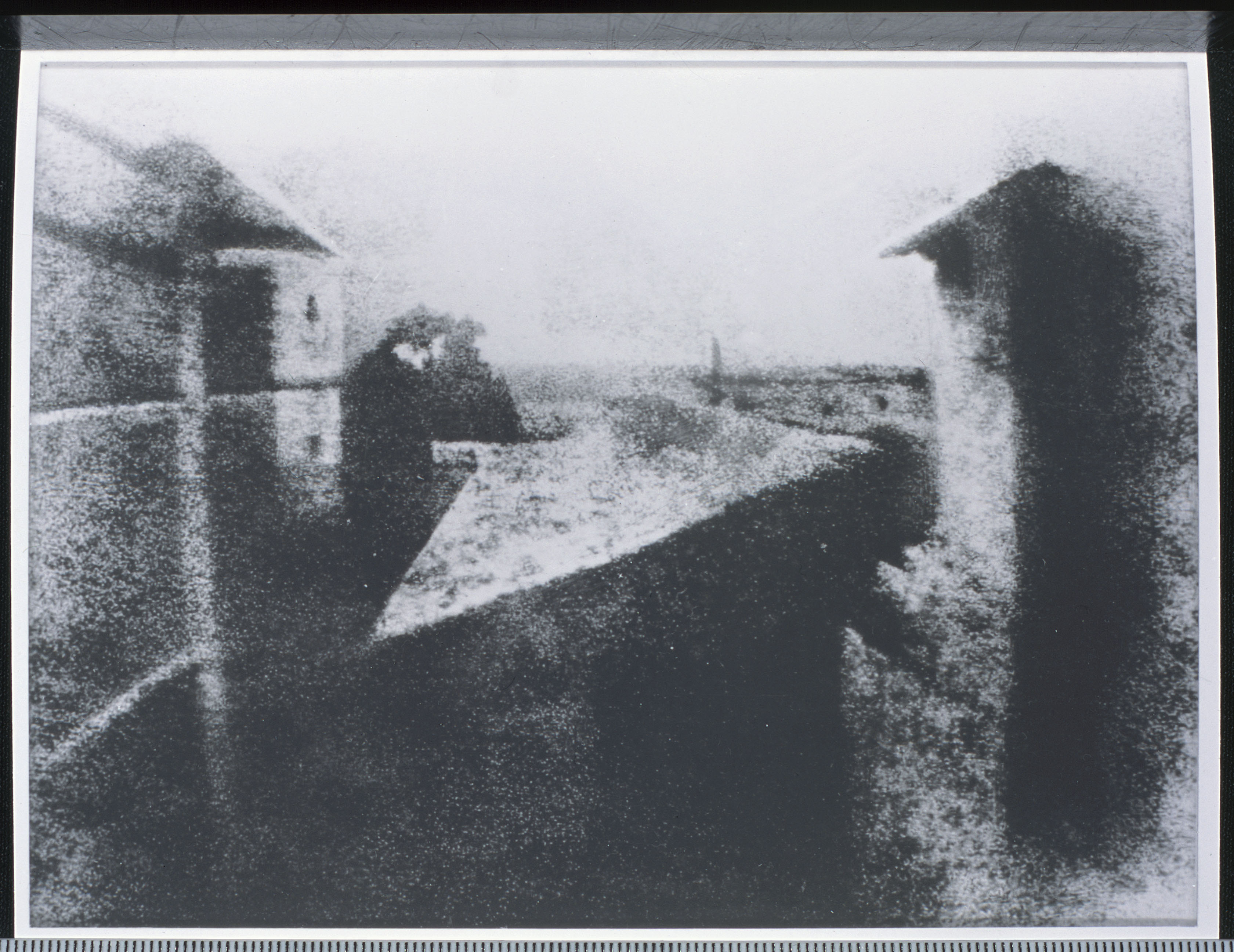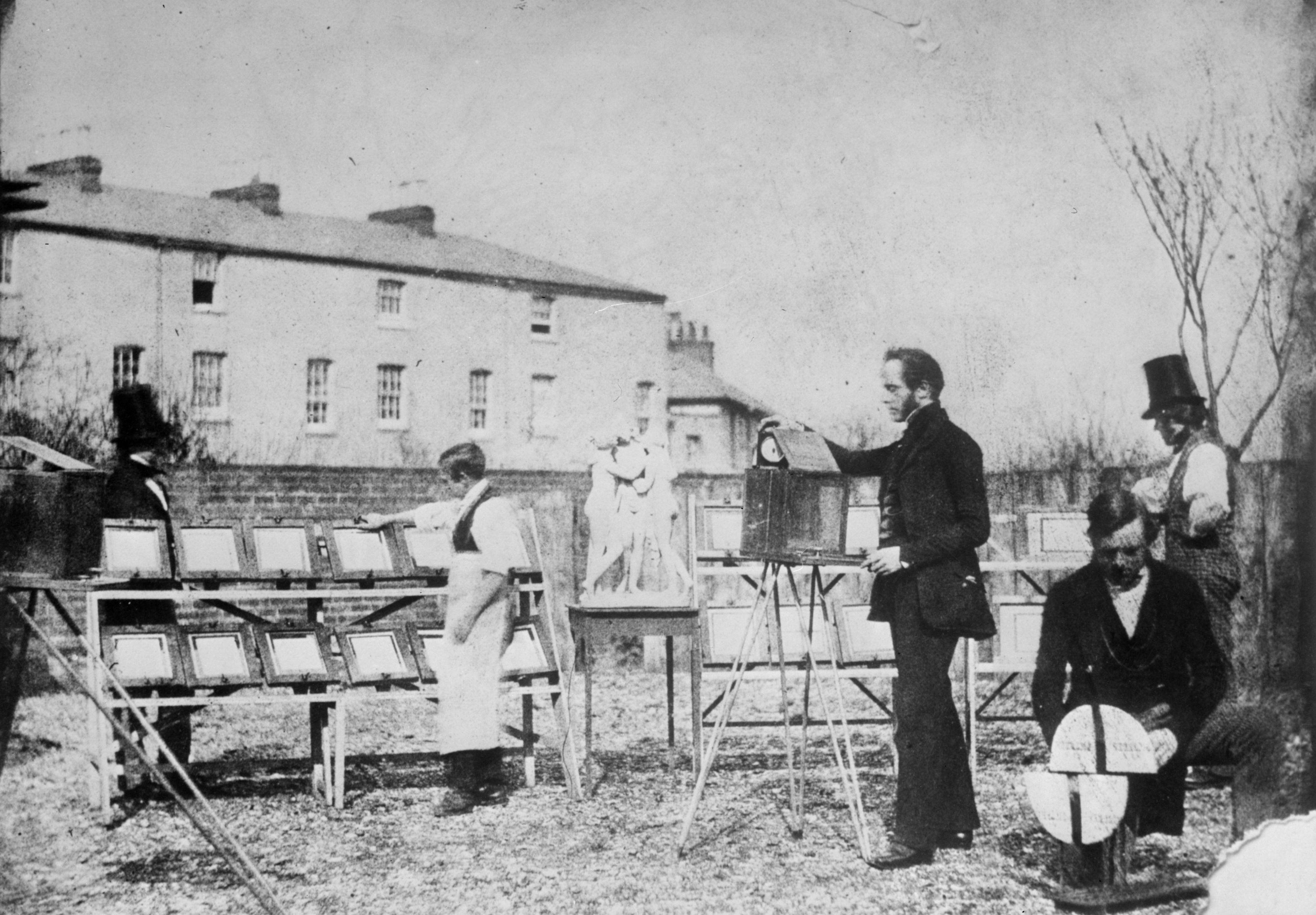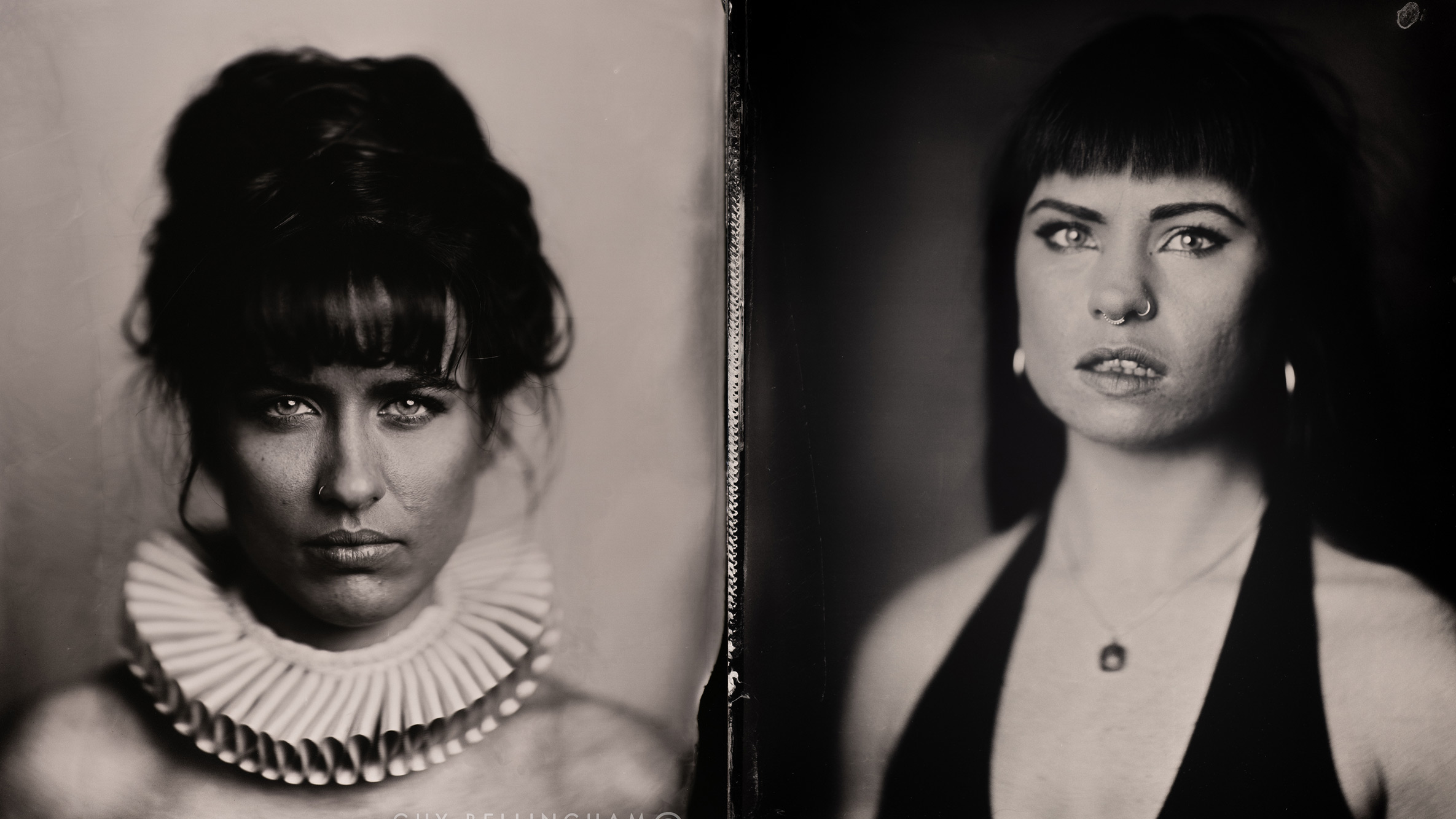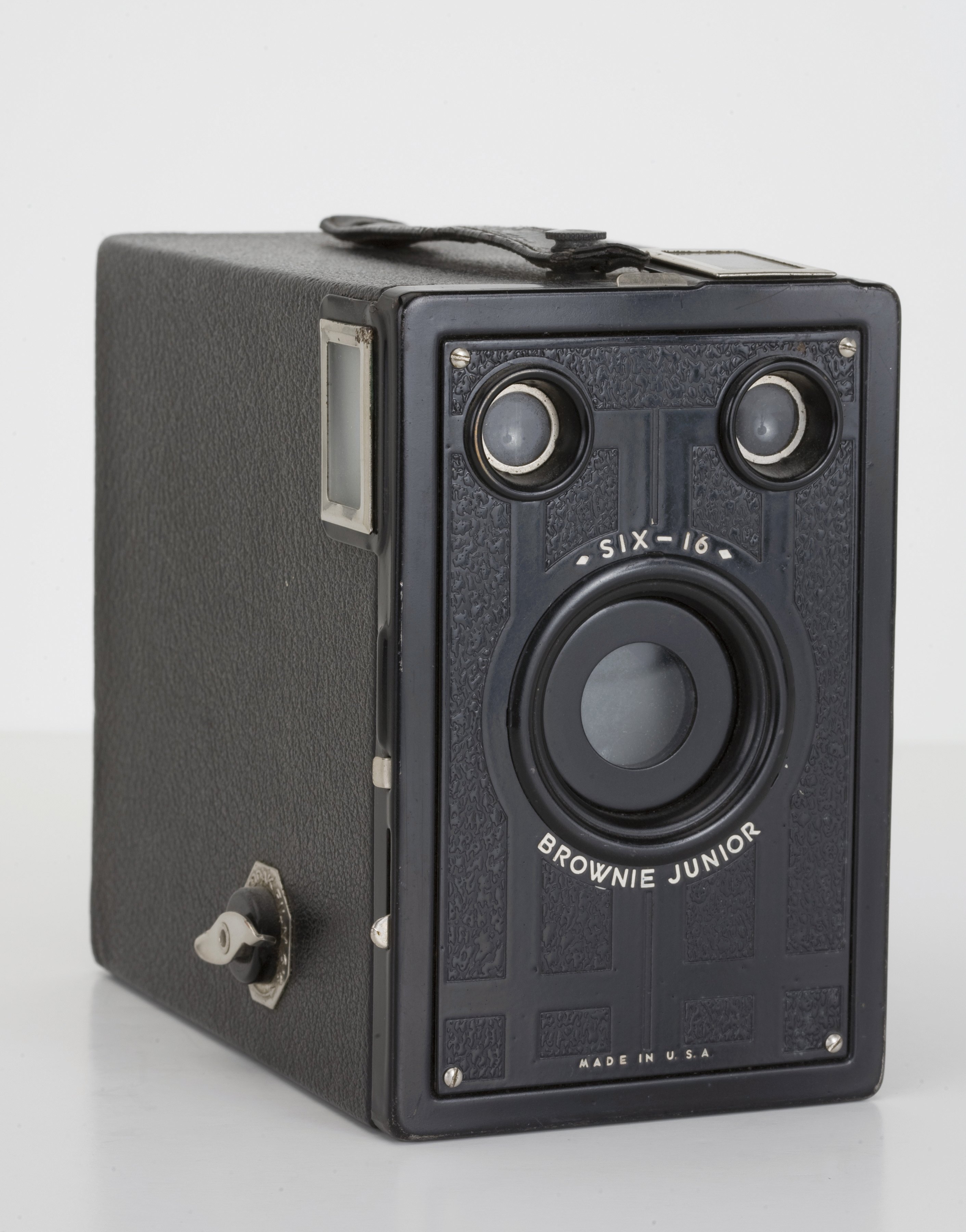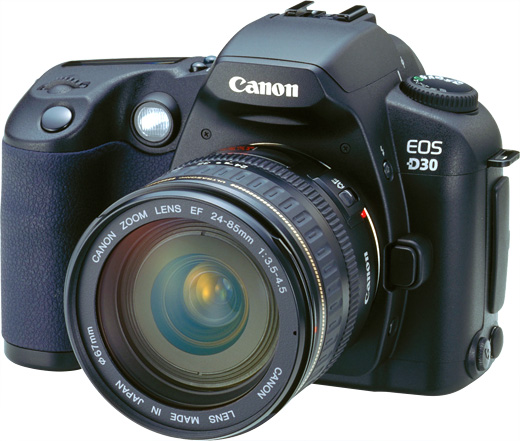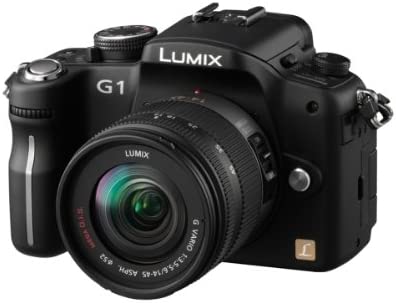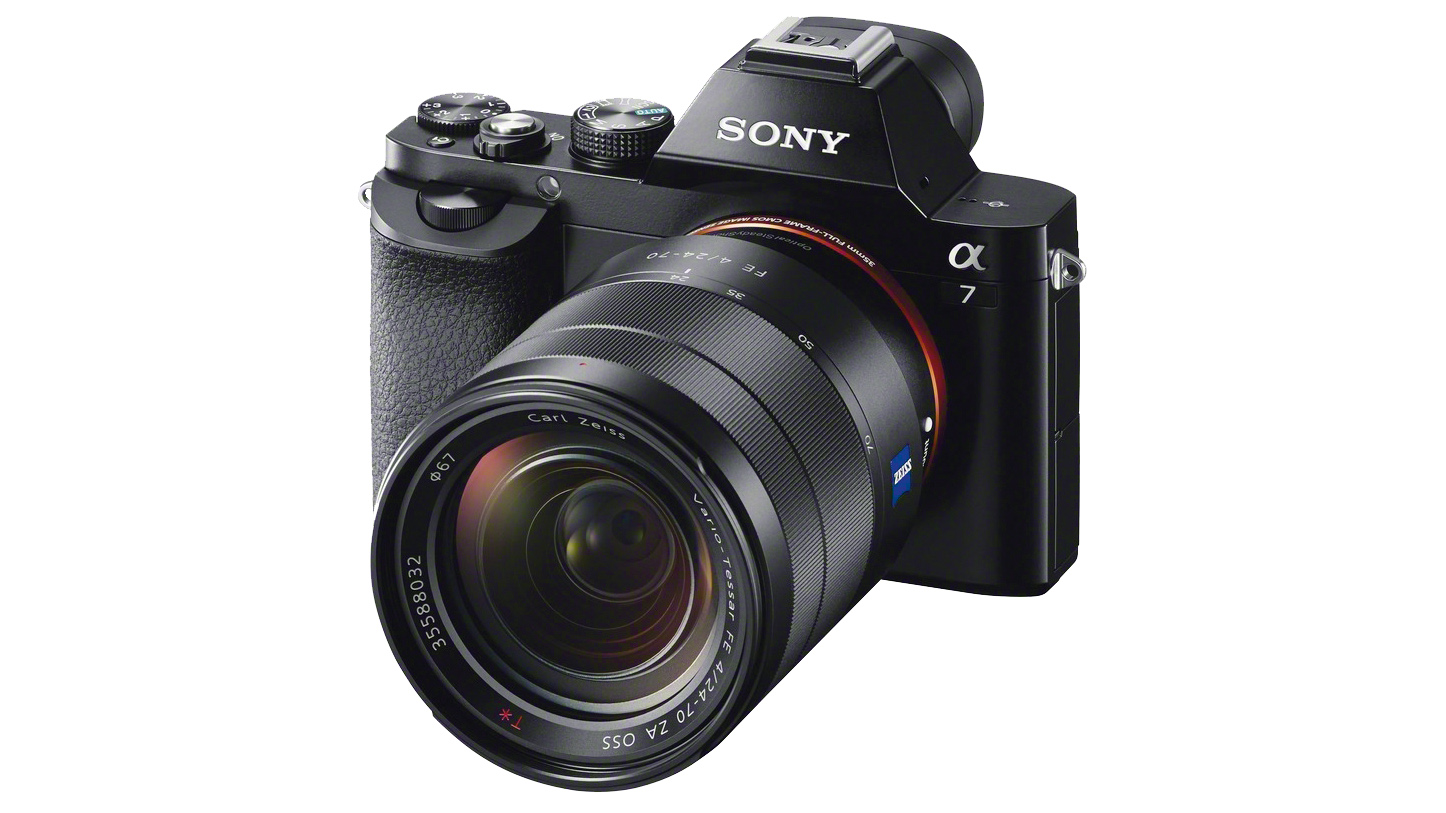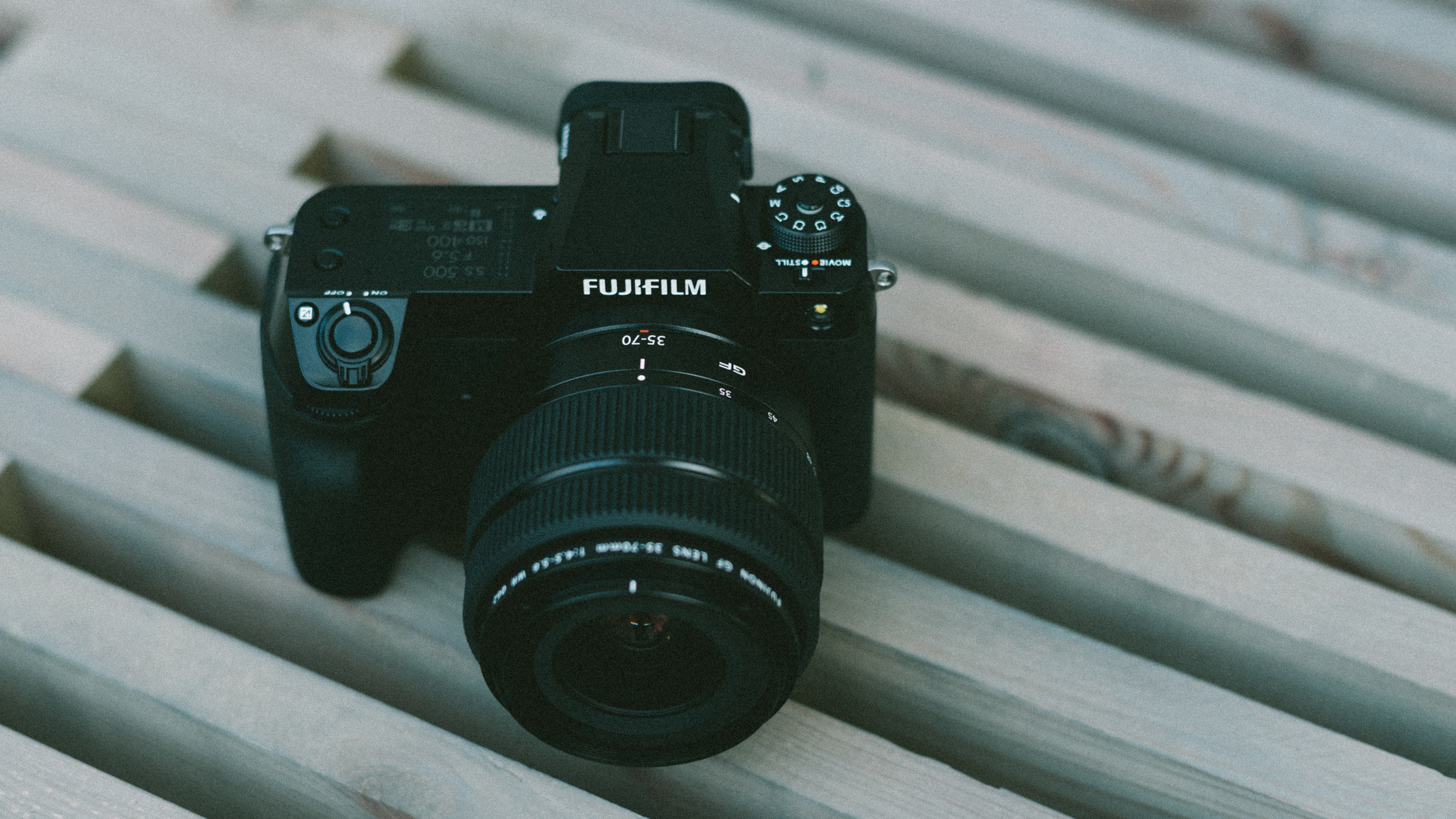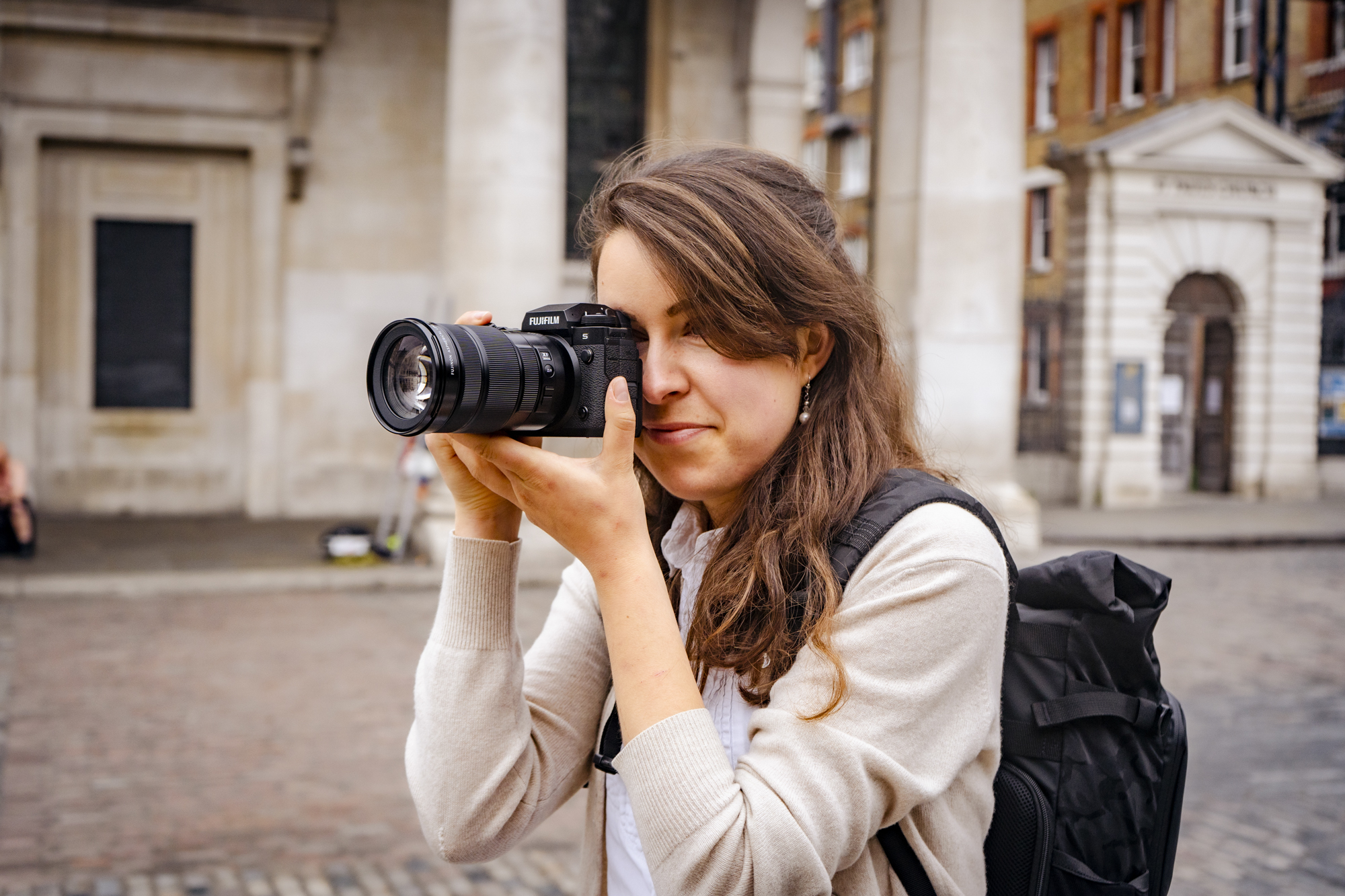The history of photography dates back to 400BC
Find out how photography dates all the way back to 400BC, and which moments revolutionized the practice
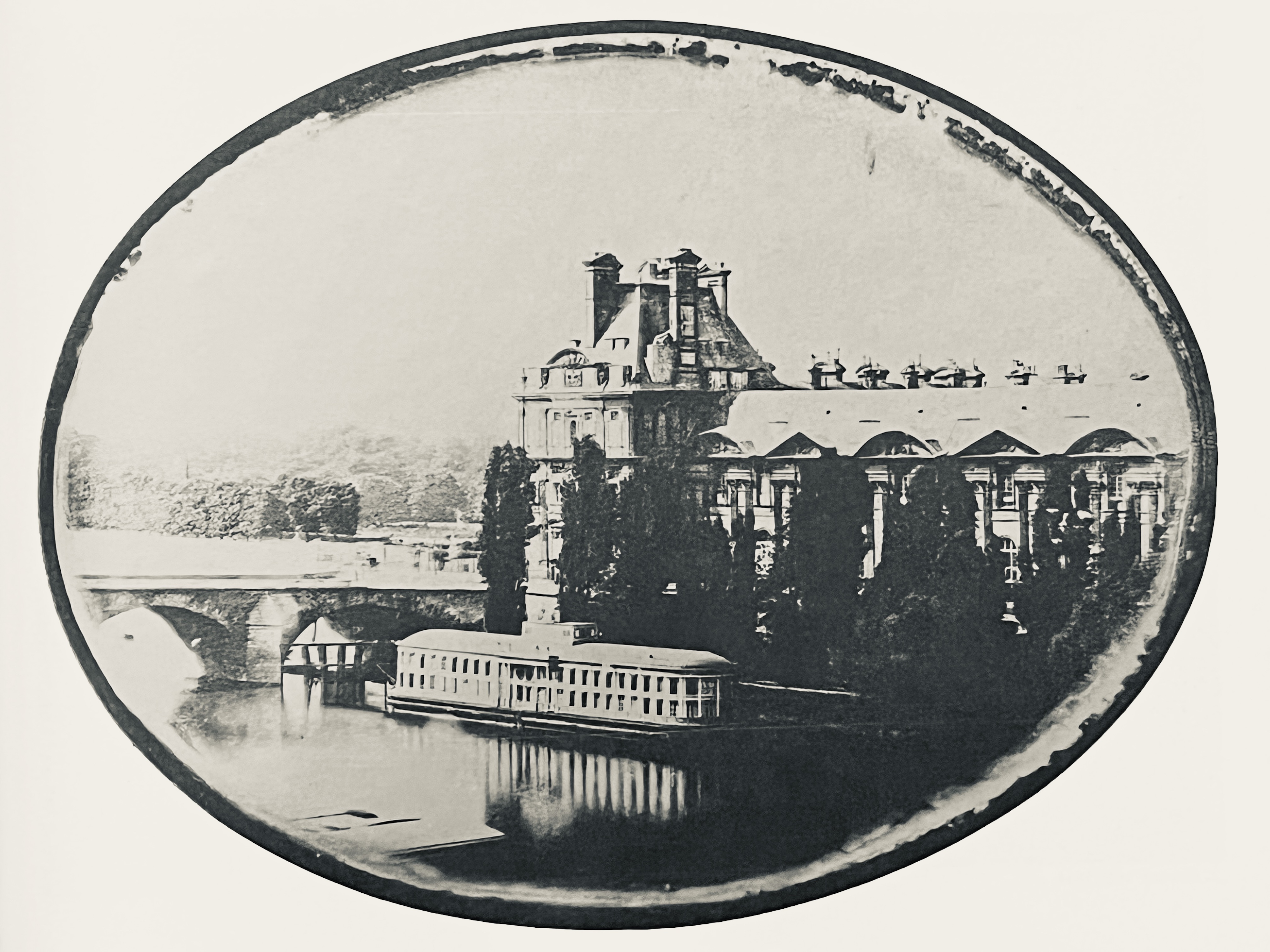
The history of photography dates all the way back to the 16th Century, when the camera obscura was invented. At the time there was no way to actually take a photo, but it is the precursor to modern-day film and digital photography.
The first methods of tangible photography were incredibly complicated, scientific processes that were reserved for the rich and hyper intelligent. As time has gone on, though, the process has simplified, it’s been made more accessible, and cameras have changed so much that they’re virtually unrecognizable compared to how they looked when they were first invented.
Although some of the earliest methods of photography have died out, such as collodion wet place and the Lippmann process, there are still photographers today practicing these old-fashioned methods. Guy Bellingham, a Bristol, England-based portrait photographer, has made a name for himself through his tintype photos, while the Lippman process made it possible for scientists at the Massachusetts Institite of Technology to invent a stretchy, color changing film.
We wouldn’t be where we are today in photography without the likes of Louis Daguerre, Richard Maddox, Henri-Cartier Bresson and Edwin H Land, who were all instrumental in the development of photographic processes.
A photographic timeline wouldn’t, however, be complete without some of the photographers who have defined and created genres, pushed the boundaries of photography, experimented with light, textures and film grain and made themselves household names through world renowned images.
400BC
The idea of a camera obscura has been around since 400BC, when a Chinese philosopher known as Mo-tzu noticed that light from an illuminated object when passed through a pinhole onto a wall in a dark room could create an inverted image.
1604
Johannes Kepler coined the term 'camera obscura' and invented a portable version that he used for astronomical observations.
The best camera deals, reviews, product advice, and unmissable photography news, direct to your inbox!
1816
The French inventor and photographer Joseph Nicéphore Niépce used used paper coated with silver chloride to create the first negative, but it wasn't permanent; as soon as the paper was exposed to light, the coating would darken all over.
1826
Joseph Niépce created the world's first permanent photo, which still survives today. It was made using a camera obscura and a pewter plate covered in light-sensitive bitumen, dissolved in lavender oil. It's said that the exposure took several days to complete, and it had to be lit in a very particular way to see the image. It was this process that led to a collaboration with Louis Daguerre to develop the Daguerreotype process. See When was photography invented?
1833
Niépce suddenly dies, leaving his notes to Daguerre. More interested in silver-based processes, Daguerre started to experiment with photographing images directly onto mirror-like silver surfaces. The silver plates were exposed to iodine fumes, which reacted to form a coating of silver iodide. See Who invented the camera, and when?
1838
The very first Daguerrotype photo featuring people was taken by Louis Daguerre. It's known as the Boulevard du Temple and, despite the fact that the street would have had carts on it, it looks empty as the exposure lasted several minutes, leaving no trace of moving vehicles.
1839
Henry Fox Talbot perfected the process he had created to stabilize photographic negatives by using hyposulfite of soda (now formally known as sodium thiosulfate). It was a much more effecting method of dissolving silver salts than using the hot salt water method.
1842
Voigtländer produced the first camera to be used in Daguerreotype photography. It was designed to be used with the Petzval lens, an invention by Joseph Petzval in 1939, and produced 80mm circular images on a daguerreotype plate.
At the same time, Sir John Herschel was developing the cyanotype method of photography, so-called because the the chemical reactions that occur produce a cyan color. It works by applying a UV light-sensitive emulsion to a porous substrate paper. Once dry, you can place an object such as a leaf, flower or even a negative on top of the paper and expose it to UV light. Just like when when developing film, after the correct exposure time the paper is washed in a bath of stop and is fixed with water.
1851
The collodion process was invented by British sculptor, Frederick Scott Arthur. Often referred to as the collodion wet plate process, a metal plate is coated in a collodion solution that is then placed in a silver nitrate bath to make it light-sensitive. Once the exposure has been taken, the wet plate is covered in developer to create a negative and then washed with fresh water. The last step is to fix the image with sodium thiosulfate, which is what brings the image to life.
1855
Roger Fenton became the first official war photographer, which is where the roots of photojournalism stem from. He photographed the Crimean War and had his photos published in Illustrated London News. For the first time, people across the world could see the effects of war themselves, as pictures were printed in newspapers thanks to advancing technology.
1884
Between 1855 and 1884, photographic processes continued to be refined using better chemicals for developing and fixing. By 1884, George Eastman had developed the first photographic film paper that could replace a hard plate. For the first time, photographers no longer had to carry around big heavy boxes of metal plates and toxic chemicals.
1888
Two years after the invention of paper film, George Eastman introduced the original Kodak camera: the Serial No. 540. It came pre-loaded with a 100-exposure roll of flexible film and, once all the shots had been used, it had to be sent back to the manufacturer to be developed.
1900
Kodak released the infamous Box Brownie, which completely revolutionized photography making it something available to the masses. Its simple design consisted of a cardboard box camper with a convex-concave lens, which took 2¼-inch pictures on 117 roll film. It was famously the camera that got Vivian Maier into photography and sold for just $1 when it was released – the equivalent of around $33 in today's money.
1948
The first-ever instant camera, the Polaroid Model 95, went on sale at a department store and sold out within minutes. It was invented by Edwin Land, who also happened to invent polarizing and neutral density filters. Polaroids were incredibly successful until digital cameras took the spotlight and film became an expense that people couldn't afford, though instant cameras have seen a huge resurgence in recent years.
1975
Kodak introduced the first ever digital camera, invented by engineer Steve Sasson. Although it was never made commercially available, it paved the way for the future of digital photography. It took 23 seconds to capture a 0.01MP image and it could only take photos in black and white.
1977
Edwin Land started focusing on moving images and introduced the Polavision color movie system. However it was expensive, and a lot of light was needed to film anything, so just two years later the line was discontinued having sold just 60,000 units, and Polaroid had to write off $89 million.
1986
If it wasn't for Kodak, the camera sensors we know today that are able to take insanely high resolution photos might not even exist. In 1986, Kodak produced a fingernail-sized device capable of recording 1.4 million pixels. The invention of the megapixel sensor meant people could quickly capture and share photos without having to waste money on film and development costs.
1990-1991
Kodak revealed the world's first DSLR, the Kodak DCS 100, at Photokina in 1990 – but it wasn't made commercially available until 1991.
1996
Kodak released the DC20 in June and it was essentially the first-ever point-and-shoot. It was the first affordable digital camera, costing around $360, whereas all other digital cameras were more than double that.
2000
Canon released the EOS D30 that had a 3.1MP sensor, could shoot at 3fps, and was the only DSLR at the time that cost less than $1,000.
2002
Canon changed the camera world forever with the launch of the first full-frame DSLR – but to buy it you had to have some serious money. The Canon EOS 1-DS originally cost $7,999, which in today's money is around $13,000!
2008
The world of mirrorless cameras all began with the Panasonic Lumix DMC-G1 – a 12.1MP interchangeable lens camera. Not only was it the first mirrorless camera, it was the first Micro Four Third camera – a format that continues today with cameras like the Panasonic GH6, OM System OM-1 and Blackmagic Pocket Cinema Camera 4K.
2011
The Fujifilm X Series all started with the X100 – an APS-C, 23mm fixed lens compact camera. Since then Fujifilm has carved a niche specializing in opposite ends of the sensor spectrum; as well as its popular line of APS-C X Series cameras, it also revolutionized digital medium format photography by making it affordable.
2013
In October Sony announced the first full-frame mirrorless camera, the Sony A7 – which was the start of an extremely popular line of mirrorless cameras. In the nine years since its release, Sony has brought out 11 cameras including the high-resolution Sony A7R IV and the video-centric Sony FX3.
2021
Fujifilm released a medium format camera for under $4,000: the Fujifilm GFX 50S II. Photographers who always felt medium format was put out of reach could finally afford to invest in kit that was not only affordable, but also delivered outstanding image quality.
2022
Camera technology has advanced so much in a short space we now have cameras able to focus using eye-control (Canon EOS R3), "stills" cameras that are able to shoot 8K video (Nikon Z9) and cameras with 100-megapixel sensors (Fujifilm GFX 100S).
Despite these advances and the accessibility they bring to photography, there are still photographers out there keeping these founding methods alive. Instant film photography has made a huge comeback thanks to the likes of the Instax Mini 11 and Polaroid Now, and people are continuing to shoot film.
2023

There have been some seriously exciting releases in the camera world this year – some which harness the advanced technology of modern camera systems and some that revisit features of yesteryear.
Vlogging cameras with a focus on high-quality, compact form factors and content creation have been the center of attention for brands such as Sony, which has released the ZV-E1 and ZV-1II, Canon with its peculiar-looking Powershot V10, and Fujifilm releasing the X-S20, a solid all-rounder with a lot to offer content creators.
Film cameras have been making a serious comeback, too, in both 35mm and instant film form. We've seen sales of cameras such as the Kodak Ektar H35 and the Fujifilm Instax series on the rise and, despite increasing film costs, people are still looking to buy vintage film cameras second-hand – showing that sometimes you just can't beat the classic approach to photography.
Read more:
Best cameras for photography
Best film cameras
Best DSLRs
Best mirrorless cameras
Best instant cameras

Having studied Journalism and Public Relations at the University of the West of England Hannah developed a love for photography through a module on photojournalism. She specializes in Portrait, Fashion and lifestyle photography but has more recently branched out in the world of stylized product photography. Hannah spent three years working at Wex Photo Video as a Senior Sales Assistant, using her experience and knowledge of cameras to help people buy the equipment that is right for them. With eight years experience working with studio lighting, Hannah has run many successful workshops teaching people how to use different lighting setups.
